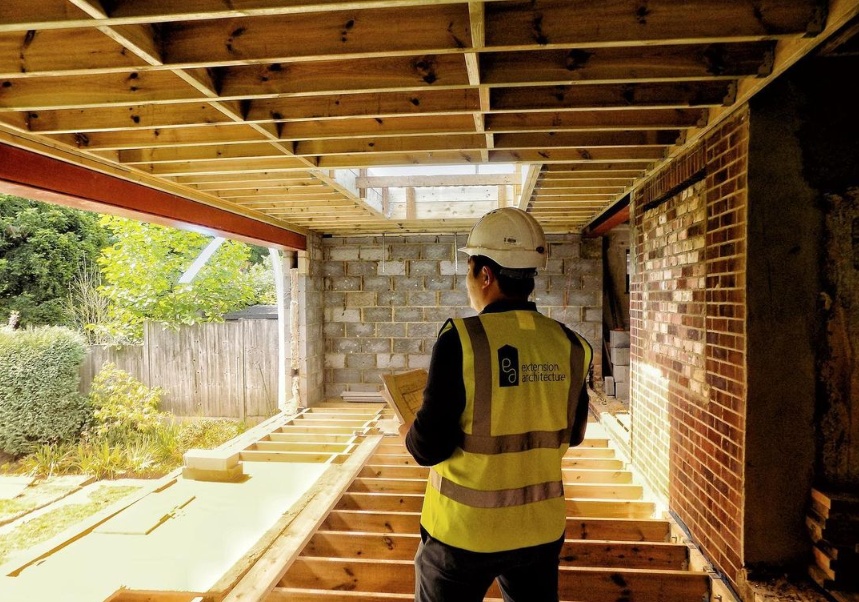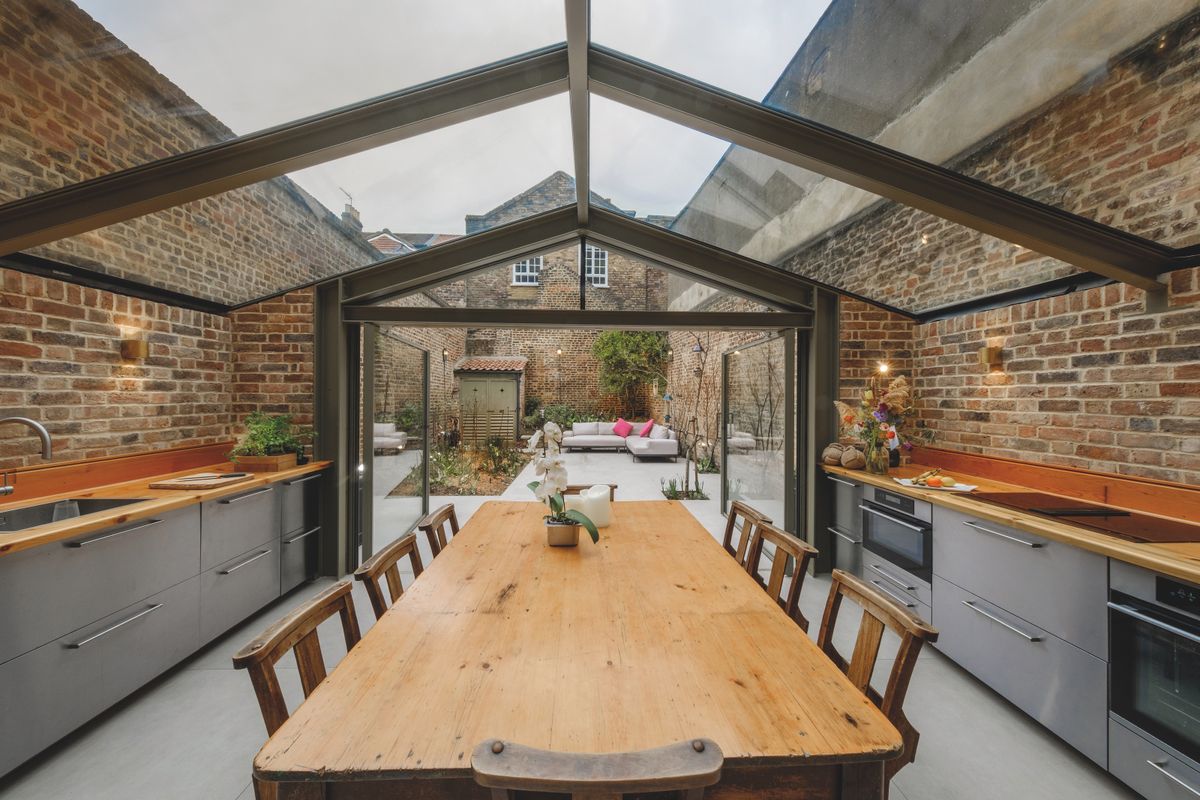Objection Handling: Strategies for Overcoming Hurdles in Planning Applications
Embarking on a construction project means you need to be ready for disputes and refusals. Given the stringent building laws and regulations in the UK, it is not a smooth sail at all. Many times, you may have to anticipate and be proactive to handle objections you may face in the future, because by now you would’ve known that you are bound to face that refusal. In this article, we will discuss strategies regarding how to effectively handle objections to your submitted planning application.

If you are aware of building construction laws in the UK, you’d have by now understood that your project can be bound to objections. Besides minimal interior alterations or those that come under permitted development rights, most projects encounter objections of some sort. They can be quite irritating and upsetting for someone who has for the first time embarked on a construction project and for those who have considered small scale home improvements and expansions.
Planning applications are mostly reviewed by experienced local authorities who have years of experience and knowledge in handling all kinds of disputes, challenges and objections pertaining to it. Objections to planning applications are mostly presented with valid reasons, and hence it may be difficult for a strong contention. If you are a house owner, the point however is not to indiscriminately react to an objection, but to carefully assess and understand the reasons mentioned and respond thoughtfully.
Why Objections Arise in Planning Applications
Objections in planning applications arise when the proposed development fails to adhere to local, regional, and national planning policy frameworks. Those responsible for scrutinising applications are primarily concerned about any adverse impact the construction may have on the environment, society, communities, historical heritage, and on the economy of various of essential sectors such as rural, traditional industries that generate employment and while also acting as source of economy. Any harm or damage to these will not only jeopardise the lives of certain sects of people but will also damage the inherent character of the structural and archeological area.
Over the past 50 odd years, more prominence has been placed keeping in mind the supposed impact on the environment, nationally identified heritage sites, areas of natural beauty, and other important factors.
Understanding the Landscape: Common Challenges in Planning Applications
Environmental Impact: Ever since the identification and demarcation of green belt areas, areas of natural beauty, getting planning approvals has been a tough sail. Objections are raised when there is a foreseeable threat to ecological balance, towards endangered species, or when the proposed planning induces a threat where there are chances of potential contamination to the soil and groundwater. To verify and scrutinise the threat, an Environmental Impact Assessment (EIA)will be initiated which will result in identification of such areas and thereby arriving at appropriate decisions.
Impact on Neighbourhood: Objections to planning applications are raised when there is a potential impact on the neighbouring property where the construction is being considered. Here, objections are raised on the grounds of noise pollution in neighbourhoods, right to light, or any structural impediments that may harm the neighbour’s privacy and standard of living.
Preserving Areas of Archeological Importance: Objections are raised in cases where there is a potential danger of damage to the architectural value of a listed building. This may be the case where the construction of a property may lead to damage or harm being caused to archeological monuments or even remains that are meant for preservation and are guarded by the government or the respective local council.
Other Considerations:

Steph Fanizza, Architectural Design & Team Manager
Tell us about your plan and we'll send you a free quote! It takes less than 90
seconds!

Steph Fanizza, Architectural Design & Team Manager
- Introduction of unnatural features
- Impeding public right of way
- Loss of fertile agricultural land
- Previous contamination that may pose a threat to the health of occupants
- Risk of flooding
- Conflicts the area character
- Inadequate public sewage systems, road systems, housing needs
- Adverse effects on economy
- Inferior urban infrastructure
- Overpowering or dominating nearby structures
A stitch in time saves nine! Here, you have to weave the right stitch at the right time. So, being more proactive than reactive is the call when you want to reduce any potential objections to your planning application. If you overlook, you prolong the time of your construction with back-and-forth submissions and corrections. This may lead to undesirable circumstances such as non-availability of labour at the time when you need them. Fluctuating material costs and changing regulations laws may also affect your project, thus lessening the chances of getting approval.
Here’s what you can do to minimise objections to your planning application –
Build Relationship with the Community: Mingling with your neighbours and being friendly with them helps a lot. Make sure you do this before submitting the planning application as this will help in building a cordial relation.
Engage with the Council: Develop conversations with case officers by making regular appointments or over the phone. This will help you get clarity on your project at each stage.
Respond within the Deadline: Responding to any notice or application within the stipulated date will help to maintain a clean image.
Take up Concerns at an Early Stage: Responding to and initiating any concerns at an early stage of the project will help in avoiding many obstacles.
Attend Planning Council Meetings: by attending planning committee meetings you will have access to many insights into present and changing regulations & rules.
Consider Appealing: Appealing to the council means you are aware that you are not erring. This can be done when an objection is wrongly put forward upon which you can appeal back with legitimate replies and responses. This can only happen when you are aware and updated about the regulation laws.
Leveraging Data and Evidence: Strengthening Your Planning Application
Sourcing compelling insights and historic data will help amass strength to your application contention. You can follow the below to do the same –
Turning Opposition into Opportunity: Effective Approaches for Overcoming Objections
- Gather historic and current planning applications and review the modalities with respect to change in time
- Look for appeal success rates. Detailing into what applications face rejections or objections, and which ones get regular approvals will help
- Collect visual evidence through ground exploration. This will help in contesting disputes regarding design issues, distance, property barging (boundary assessment)
- Make use of advanced tools and techniques such as Google Street view or any similar technology
Overcoming planning objections warrants a constructive and strategic plan. Building trust and credibility is crucial to ensure an effective approach to dealing with objections.
Respond Promptly: Respond to planning objections thoughtfully and constructively. Adopt a realistic approach and be harmonious by demonstrating critical and rational thinking without being defensive. This will send the authorities a message that you are quite responsible and take your objections seriously.
Collaborate: Consult experts and professionals. Hire professionals like structural engineers or architects and involve them in your project will strengthen your project both from a legal and technical point of view.
Incorporate Evidence: Support your submissions by including materials such as reports, photos, or studies. Tangibility strengthens your point puts you in strong position.
Address the Concerns: Address the concerns of all stakeholders including your neighbours, authorities, and any party who is set to be impacted by the construction.
Conclusion:
The secret to a smooth planning process is not to treat objections adversely. They are quite natural when you engage in building construction. The key is to remain rational and thoughtful throughout. Collect the necessary evidence, collaborate with stakeholders, and adopt the right strategies. Be considerate of the acting regulations and laws and see through a smooth objection handling process.













